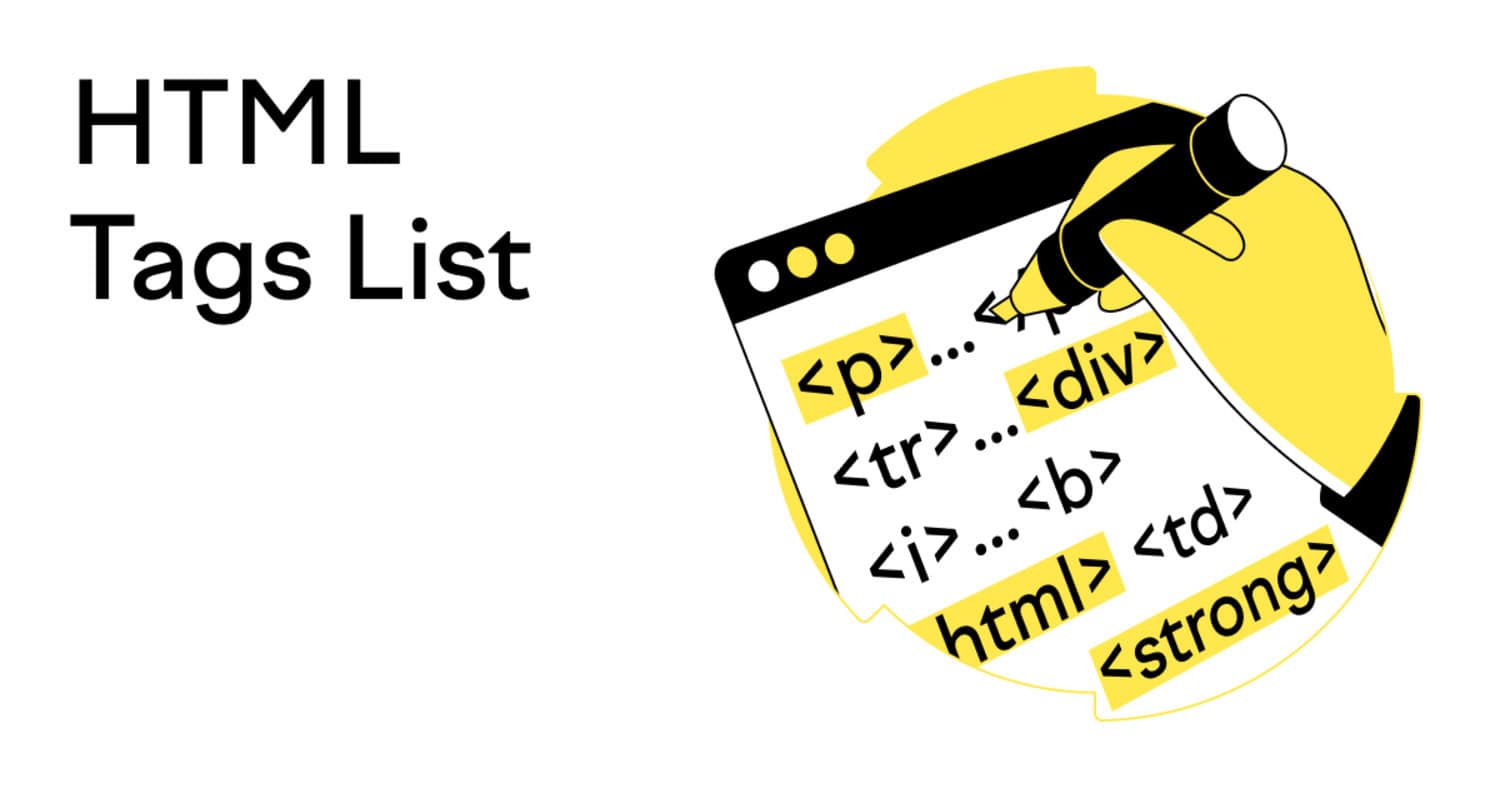It is crucial to analyze and comprehend the various categories of tags in HTML currently supported to build an utterly semantic webpage. We’ll go over how many HTML tags are there in this article.
The most recent HTML version contains 142 HTML tags. The HTML coding standard only accepts 115 tags as valid and functional. These tags identify the start and stop of an HTML element that acts as a node in the DOM to specify the structure of a webpage.
Learn more about the number of HTML tags by reading on.
Check this out: HTML By Numbers: How Many HTML Tags Are There?
Table of Contents
How many HTML tags are there?
According to Mozilla Developer Network (MDN), there are 142 different HTML total tags. However, only 115 are usable, with the remaining 27 being obsolete or no longer in use. Each HTML tag serves a variety of activities with distinct semantic goals that aid in defining the structure of HTML documents intended for display in a web browser.
The 142 total tags in HTML that are now in use all have a specific purpose at various levels of the HTML page; some turn into complete elements, and others into empty elements. You now know how many HTML tags are there.
Heading tags in HTML
There are six heading levels in HTML, also known as heading tags. An HTML tag helps web browsers turn HTML texts into web pages by indicating the start and end of an HTML element.
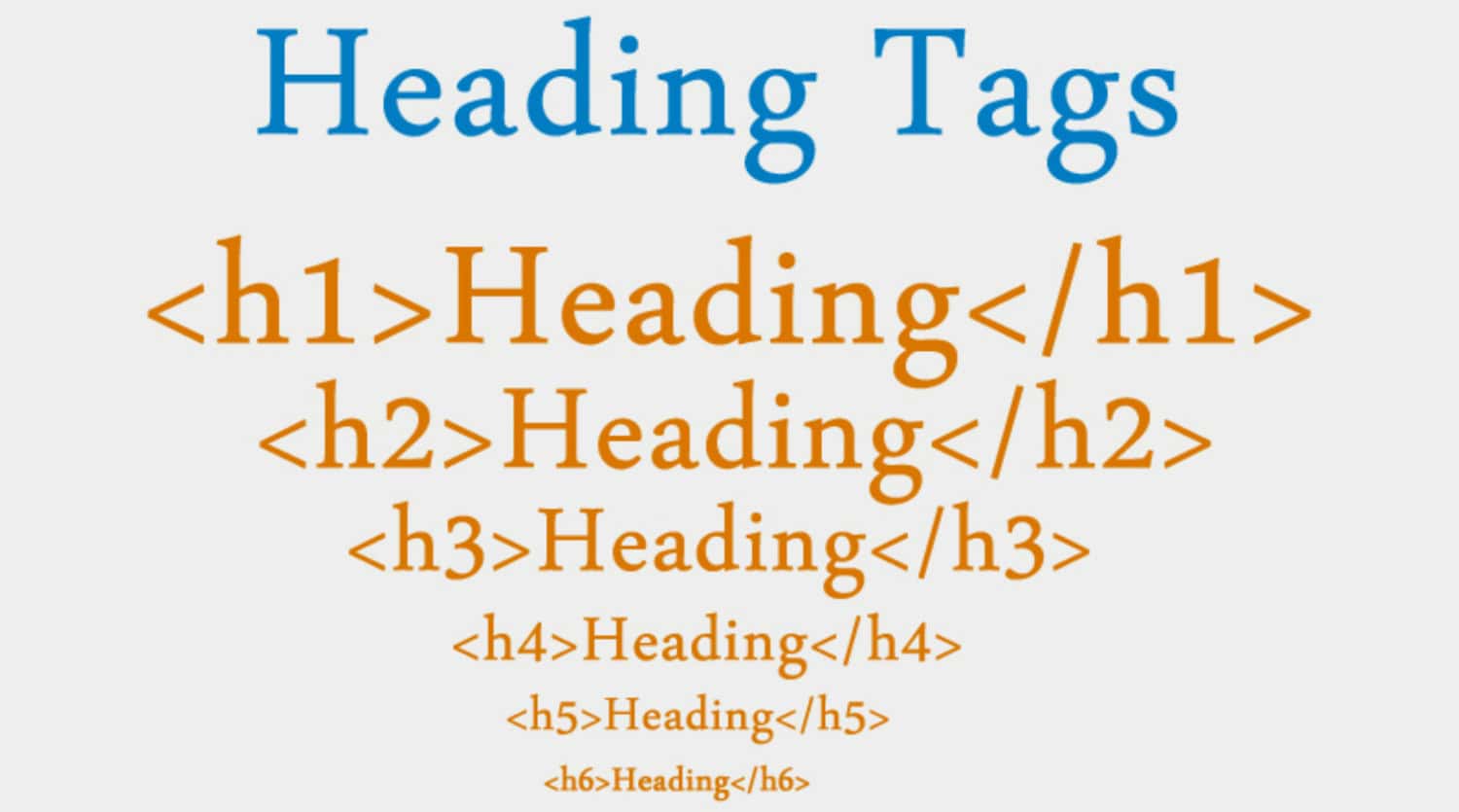
As a result, when a tag appears in an HTML document, the browser recognizes its element properties and produces the content by them. How many tags in HTML is now something you are aware of.
See also: How To Add A Line In HTML: Design And Layout Techniques
HTML Tags List
After knowing how many HTML tags there are, let’s discuss some.
Main Root
- <html> – describes and represents the HTML document.
Metadata
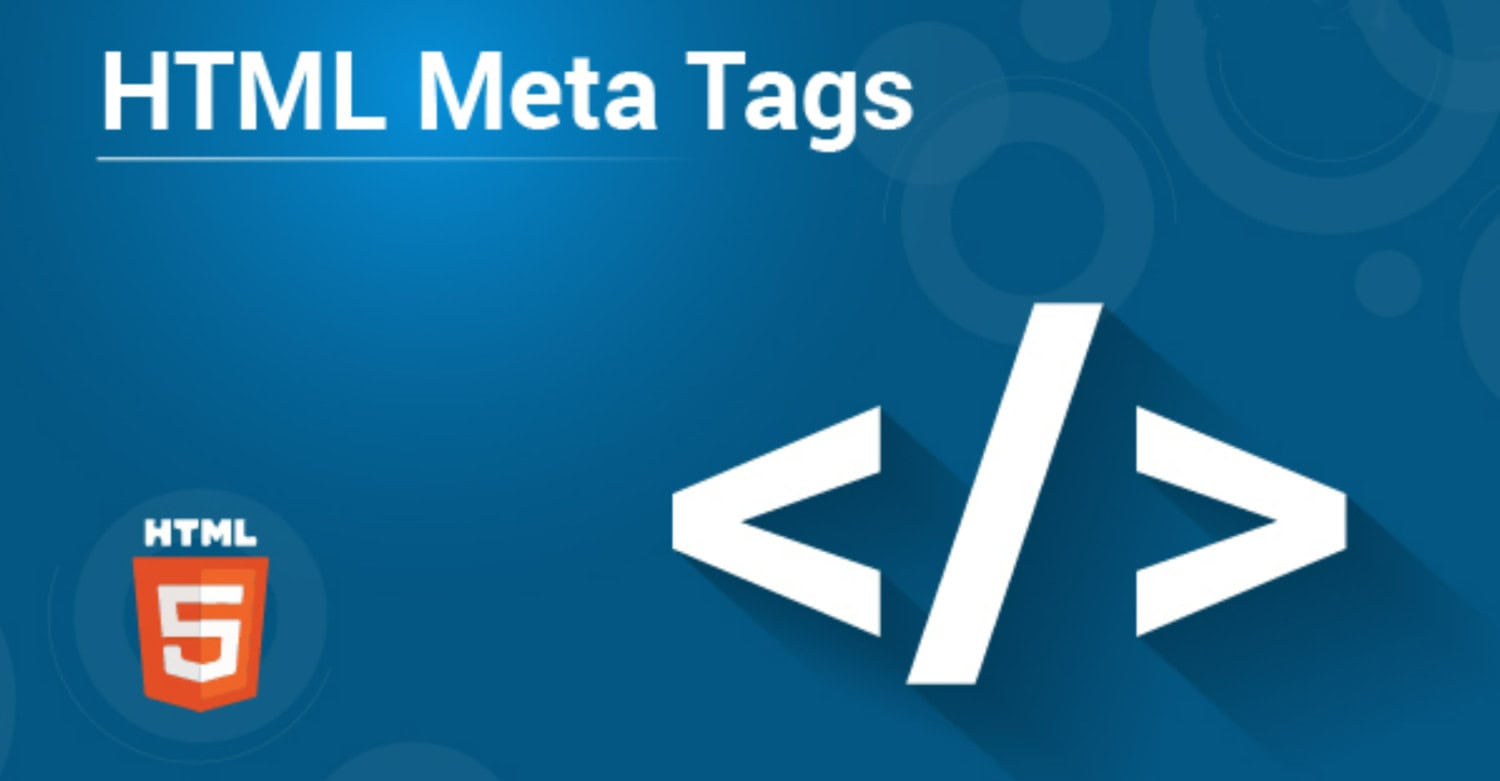
- <base> – specifies the base URL that governs the document’s relative URLs.
- <head> – The metadata for the entire HTML document is present.
- <meta> – The HTML document’s metadata that other components are unable to express are represented
- <style> – The element “style” has CSS style rulesets as its content.
- <title> – The material that should appear in your browser’s title or page tab is determined by the value of the title tag.
Sectioning Root
- <body> – represents and consists of the HTML’s viewable content.
Content sectioning

- <address> – Addresses provide contact details for people, people, or businesses.
- <aside> – The tag aside designates a separate, loosely related information composition.
- <footer> – The tag “footer” denotes a part that contains essential information in the footer.
- <header> – A header displays introductory material, which frequently acts as a navigational assistance.
- <main> – denotes the body of the document’s primary content.
- <nav> – The tag “nav” designates the page area containing links for navigation.
- <section> – The HTML document’s section tag specifies autonomous and segmented content.
See also: HTML 101: Are HTML Tags Case Sensitive?
Text Content
- <blockquote> – uses indentation to represent the material as a quotation.
- <dd> – defines and explains the earlier phrase, <dt> – A description list’s additional element.
- <div> – It acts as a container for various materials within an HTML document, frequently a layout or flow.
- <dl> – creates a list of descriptions.
- <dt> – clarifies a phrase used in a description list.
- <hr> – signifies a thematic transition between elements
- <li> – describes an ordered or unordered list component.
- <ol> – creates a list of items in order.
- <ul> – outputs an item list that is not in order.
Inline Text Semantics
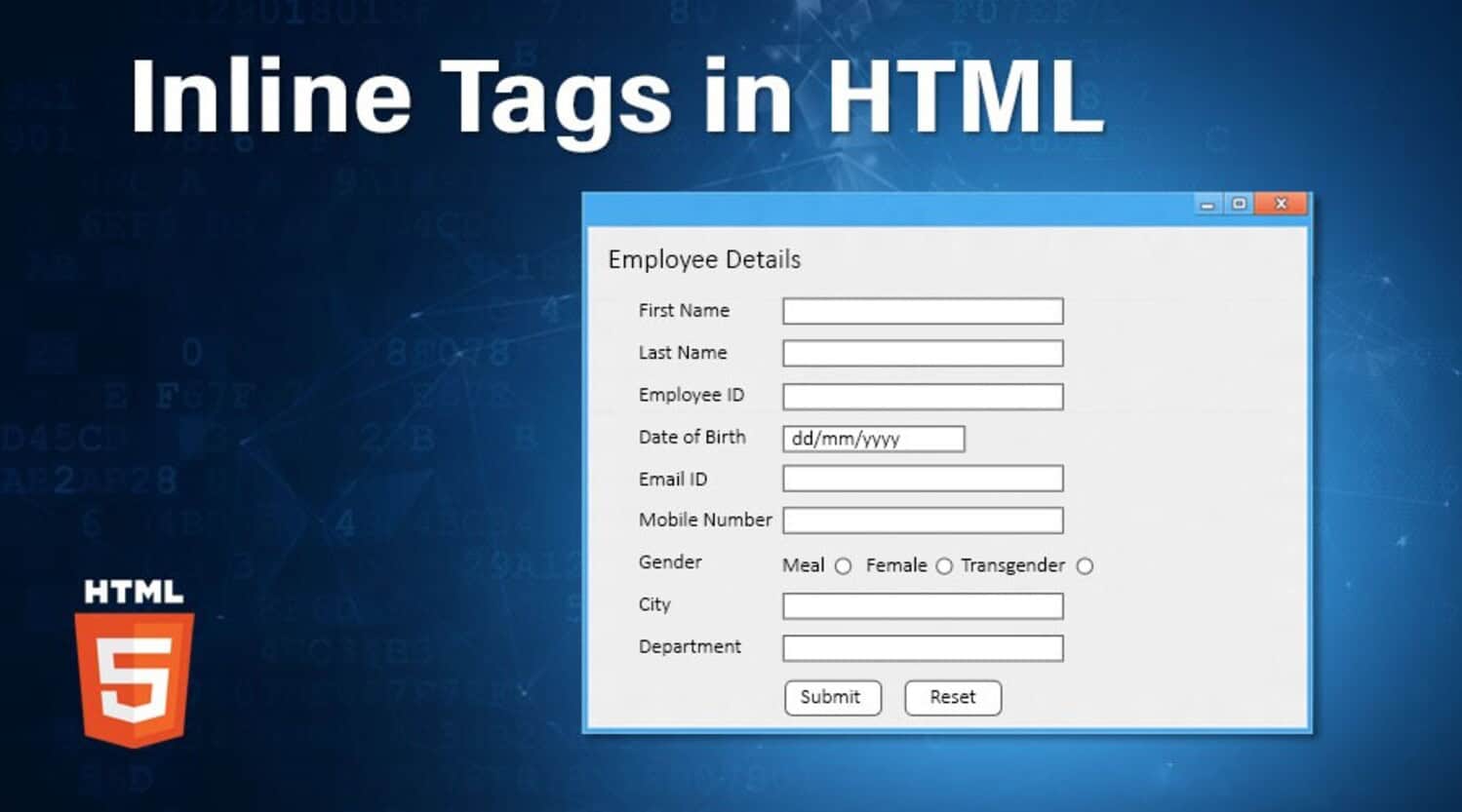
- <abbr> – indicates an abbreviation.
- <b> – makes the text’s contents appear more significant than others and is frequently shown in bold.
- <bdi> – it uses the browser’s bidirectional mechanism to comprehend its content.
- <bdo> – calls for the content to take precedence over the directionality of the current text.
- <br> – signifies a textual line break.
- <dfn> – uses a defining sentence or phrase to describe the terms in its tags.
- <em> – uses default styling of CSS-specific styling to indicate its content with a stress emphasis.
- <i> – distinguishes the usual text layout and points out some differences.
- <kbd> – presents the inline text as user input in text form
- <mark> – presents its contents as highlighted and marked.
- <q> – explains a brief inline quotation
- <rp> – For use circumstances where specific display annotations are not supported, defines fall-back parentheses.
Read also: Comprehensive Guide To HTML Tags And Attributes
Image and Multimedia
- <area> – indicates a map region in an image
- <audio> – describes how to embed audio content
- <img> – defines a content embed for an image
- <map> – the result is a clickable picture map.
- <track> – a child element that uses audio and video to specify the timing of text tracks
- <video> – defines a video content embed
Embedded content
- <embed> – describes how to embed external content
- <iframe> – represents a browsing environment embedded or nested within the active HTML document.
- <object> – defines an external resource that is nested or embedded.
- <portal> – renders the insertion of one HTML page inside another.
- <source> – need various media resources for the image, sound, and video components.
Table Content
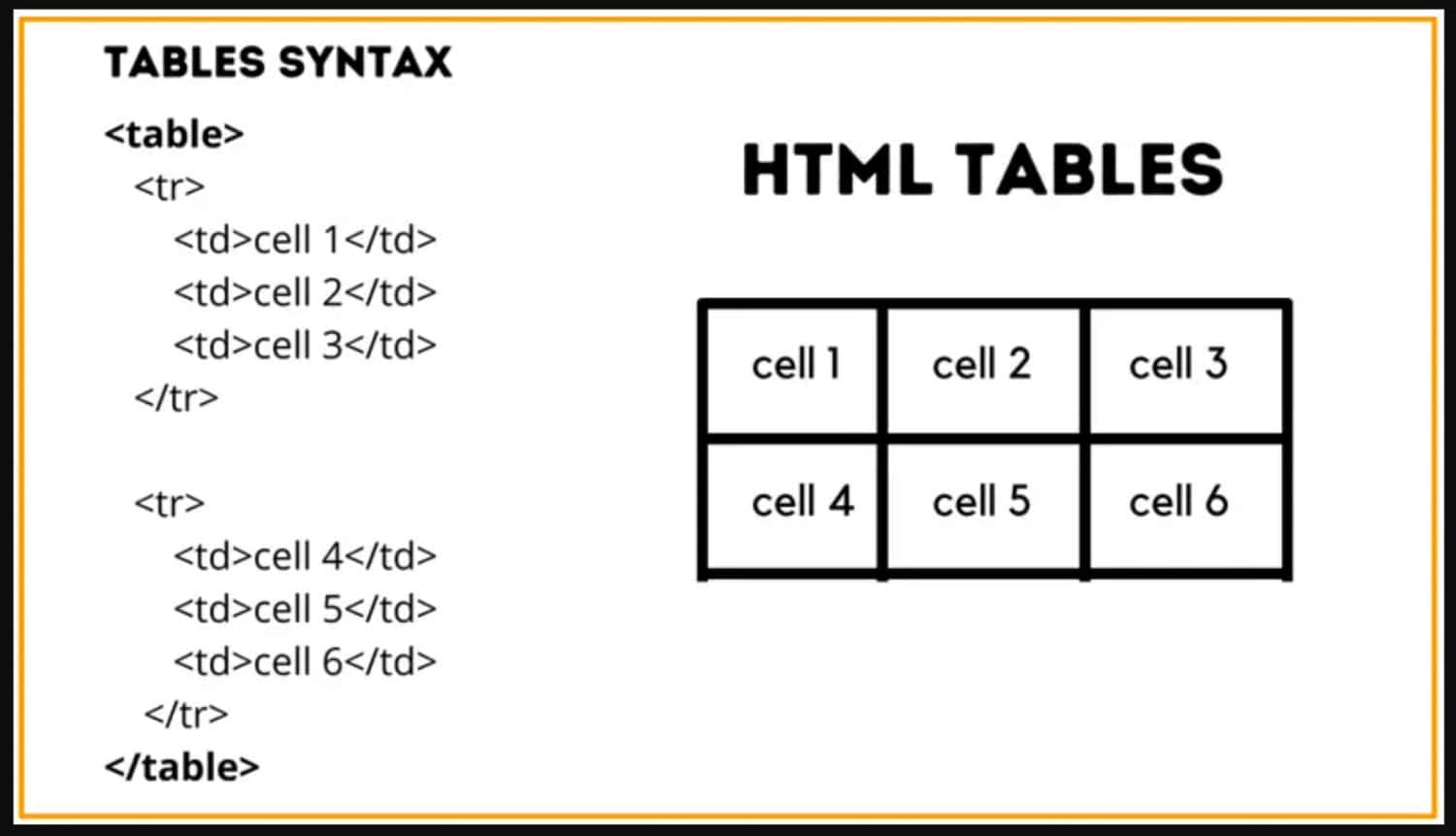
- <caption> – establishes a table caption
- <col> – displays a table column
- <table> – defines a table containing tabular information
- <tbody> – produces a group of table rows.
- <th> – describes the heading of a cell group in a table.
Forms
- <button> – provides an interactive tool enabling users to take a specific activity.
- <fieldset> – defines a collection of controls and labels
- <form> – produces an HTML form that includes interactive tools for submitting data and helpful information.
- <input> – creates an interactive input medium that may accept many data formats based on an input object’s characteristics or use
- <label> – defines a form input caption
- <legend> – establishes a caption for the fieldset content
- <meter> – generates a scalar value between two values.
- <optgroup> – defines a collection of pickable possibilities
- <option> – defines a data list, optgroup, and select element component.
- <output> – – produces a result-displayable element.
- <progress> – provides a completion indicator
- <select> – defines a menu button for choosing choices
- <textarea> – generates a multi-line interactive text form field.
Now you know how many HTML tags are there.
Check this out: Master HTML: Complete List Of HTML Tags With Examples
FAQs
What does an HTML list tag mean?
In an HTML document, the list tag specifies the list item. You can use it in lists that are both ordered and unordered.
What's the best way to browse HTML tags alphabetically?
You can browse HTML tags by category or alphabetically by simply scrolling down. An element (or tag) is a separate section of an HTML document.
What does an HTML main tag do?
The main tag is to provide a document's primary information. The element's content ought to be specific to the document.
What does an HTML article tag mean?
To add more information to a document or website, use the article tag in HTML to create a self-contained, standalone piece of material.
Conclusion
We hope this article on how many HTML tags there are is helpful. The fundamental pieces of an HTML page are its tags. They are utilized to build the website’s framework. Each tag serves a particular function and has multiple applications. Some tags establish the web page’s structure, while others are used to create the content.

